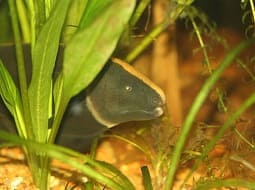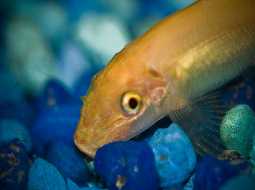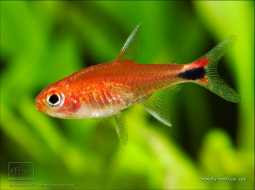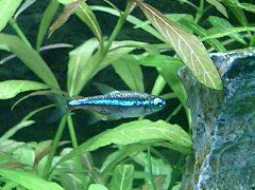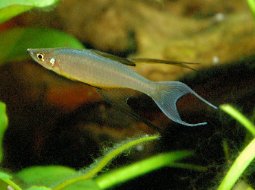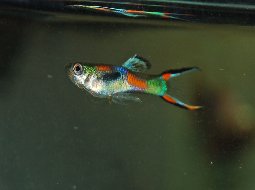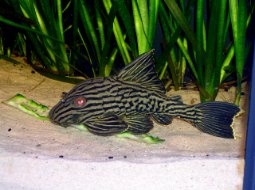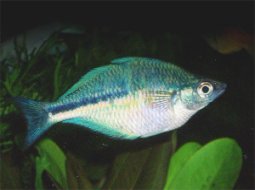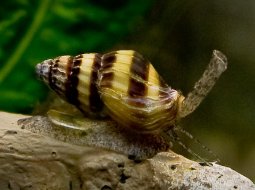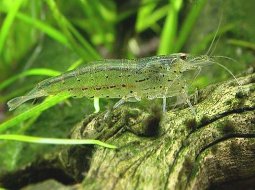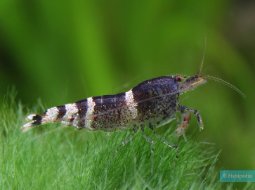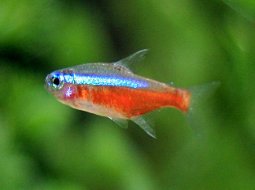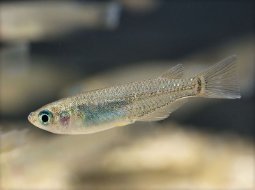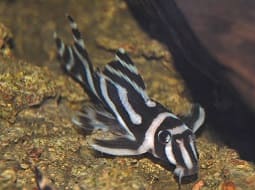
Loading Aqualapp ...
Care and Compatibility of Striped Raphael Catfish - Platydoras costatus
Introduction
Platydoras costatus, also known as rafaelo catfish or striped dora, is a freshwater fish belonging to the doradid family. Native to South America, this fish is appreciated for its distinctive appearance and interesting behavior. Its common names, rafaelo catfish or striped dora, refer to the stripes and patterns that adorn its body.
Behavior
The striped dora is a peaceful and calm fish that tends to be nocturnal. During the day, it seeks refuge in caves, logs, or other hiding spots in the aquarium. It is known for its ability to camouflage and blend into its surroundings. It is also a good swimmer and can move swiftly through the water.
Sexual Dimorphism
Sexual dimorphism in Platydoras costatus is not very pronounced. However, females tend to be larger and more rounded than males. During the breeding season, males may exhibit more active behavior and may have more developed pectoral fins.
Reproduction
Reproduction of the striped dora in captivity is not very common, and less information has been documented about it. In their natural habitat, these fish reproduce in caves and protected cavities. To encourage breeding in the aquarium, it is recommended to provide suitable hiding spots and optimal water conditions.
Aquarium Conditions
Platydoras costatus is a freshwater catfish that prefers a well-planted aquarium with plenty of hiding spots and shaded areas. It requires a soft substrate and fine sand for burrowing. Providing efficient filtration and maintaining water quality is important.
Feeding
The striped dora is an omnivorous fish that feeds on a variety of foods. In the wild, it primarily feeds on small invertebrates, crustaceans, and plant matter. In the aquarium, it can be fed with commercial foods in the form of pellets, tablets, and frozen or live foods. It may also accept fresh foods such as blanched vegetables and algae.
Complexity
Caring for Platydoras costatus is moderate. They are peaceful and tranquil fish, but can be sensitive to water quality and the presence of other aggressive fish. They primarily feed on live and frozen foods, but also accept dry foods and pellets.
In case you need more help, or if you want to know into any topic related to the Platydoras costatus (Striped Raphael Catfish) and even any other species you can use the forums to ask what you need.
To do an analysis more detailed about coexistence and behavior of Platydoras costatus (Striped Raphael Catfish) use the Aquarium simulation tool, if you do this you can test different ways to combine the Striped Raphael Catfish with other fishes giving the dimensions and space on you aquarium, on this way you can known the optimal configuration for keep the fishes that you want.
You can also find out the 149 species compatible with the Platydoras costatus (Striped Raphael Catfish) can live together.
Note: The parameters of the water such as PH and temperature are also used to calculate the compatibility of the species.
Compatible species (149)
Compatible (84 Species)
Compatible without any restriction
Similar Sizes (14 Species)
They can coexist if they are the same size or very similar sizes, it does not work in all cases, there may be exceptions.
With Reservation (10 Species)
Compatible in some cases, it depends on the nature and personality of the fish.
Las especies territoriales por lo general pueden convivir con especies protegidas con coraza, ya que no pueden hacerles daño por su dura piel, lo que si hay que tener en cuenta es tener un acuario con dimensiones favorables para que cada pez pueda delimitar un territorio, ya que la mayoría de peces acorazados son también peces de fondo y les gusta estar buscando lugares donde ocultarse.
Showdown over territory (13 Species)
Fish can live together as long as the space is spacious enough to delimit a territory, otherwise there may be aggressions for competing for the territory.
It can be territorial with fish that occupy the bottom of the aquarium or by food struggles.
Los peces territoriales por lo general pueden convivir con peces protegidos con coraza, ya que no pueden hacerles daño por su dura piel, lo que si hay que tener en cuenta es tener un acuario con dimensiones favorables para que cada pez pueda delimitar un territorio, ya que la mayoría de peces acorazados son también peces de fondo y les gusta estar buscando lugares donde ocultarse.
Considerable size difference (27 Species)
They can coexist while they are similar in size or the size difference is not very abysmal, since as the fish grows it increases the chances of eating its partner that did not grow much.
Compatible if space is enough (1 Species)
They can coexist together if the aquarium they share is large and spacious enough for both species to feel good, as some fish may attack others to feel that they have little space and try to eliminate the competition.
Striped Raphael Catfish
Platydoras costatus
.jpg)
- Ph: 6 - 7.5
- Temperature (c°): 24 - 30
- Measures: 17 cm - 24cm
- Aquarium Capacity:
36 Liters - 10 Gallons - Alimentación: Omnivores
- Colores: Black, Brown, Gris, White
- Comportamiento: Likes to take refuge, Night, Peaceful, Shoal
- Habitad: American
- Morfología: Cuirass or Carapace, Thorns or pointed
- Preferencias del Acuario: Caves, Logs, Rocks
- Tamaño: Medium
- Taxonomía: Fish
- Tipo de Agua: Sweet water
- Velocidad de nado o movimiento: Slow
- Zona de Nado: Aquarium background

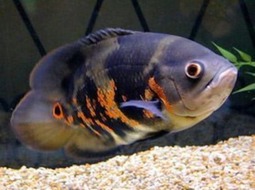

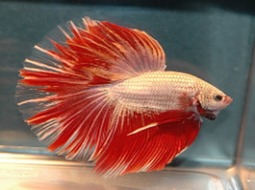

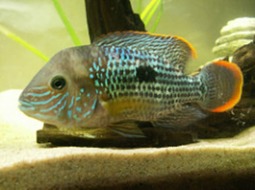

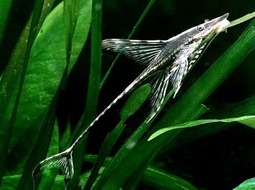



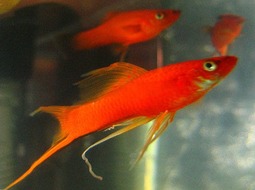
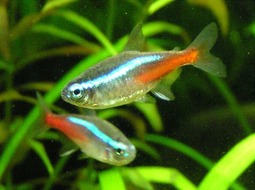
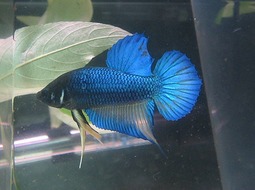


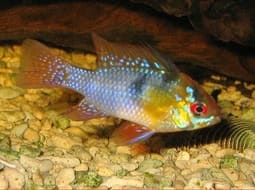
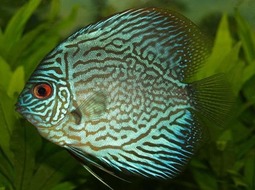

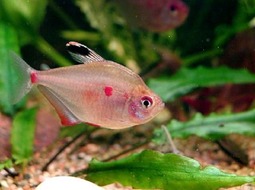





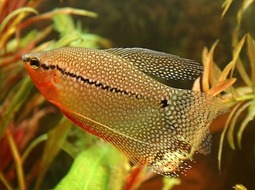



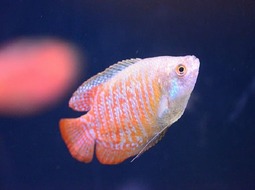


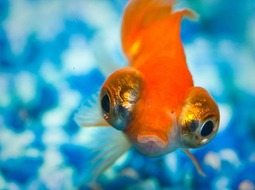
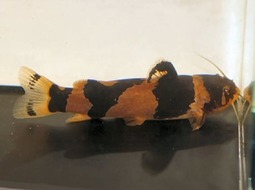
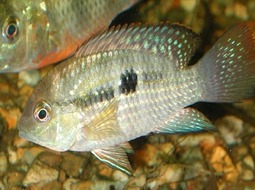

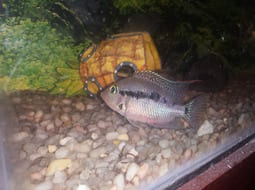
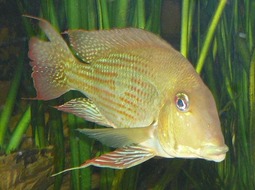
.jpg)

.jpg)

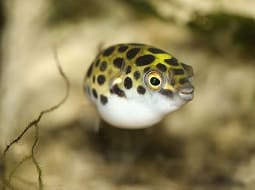









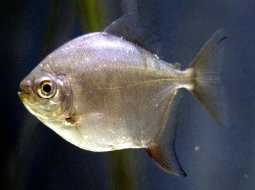
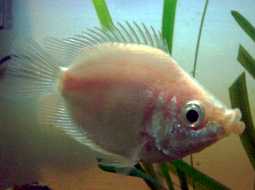
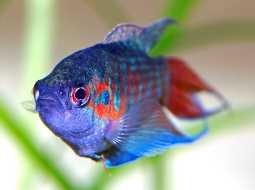
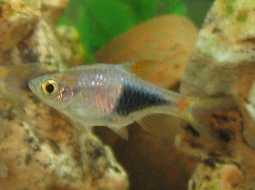
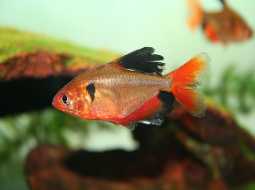

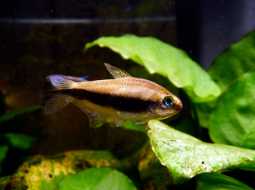
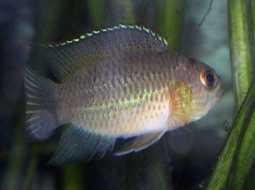
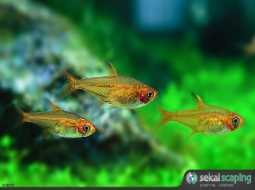
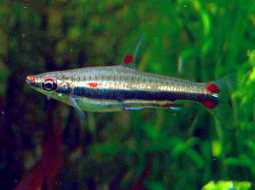
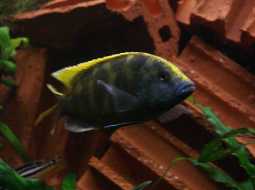
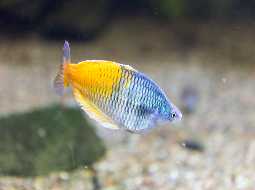
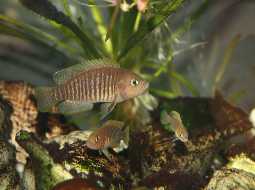


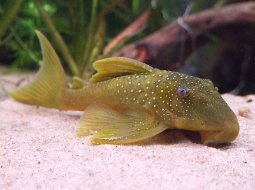


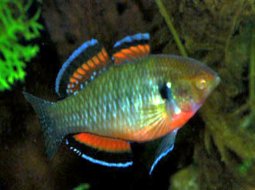
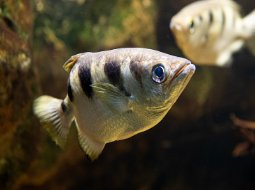
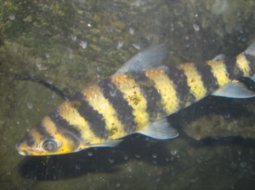


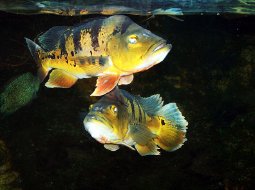
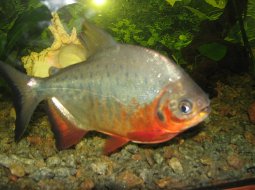
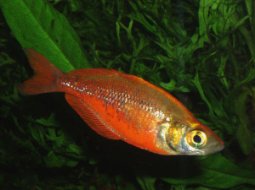



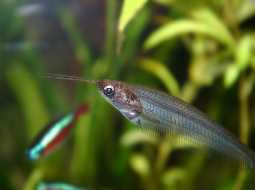
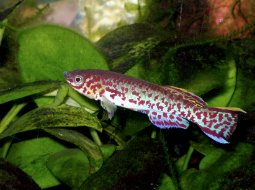
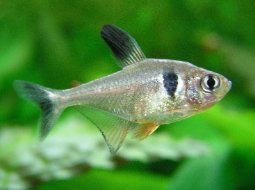
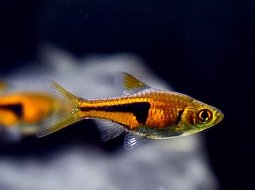






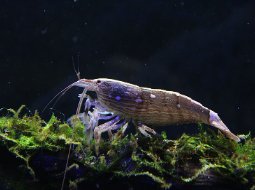

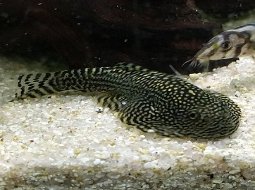



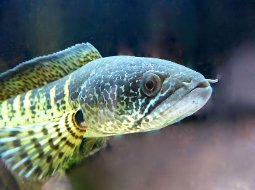
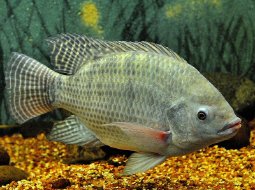
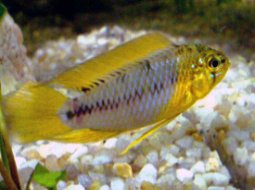






.jpg)

